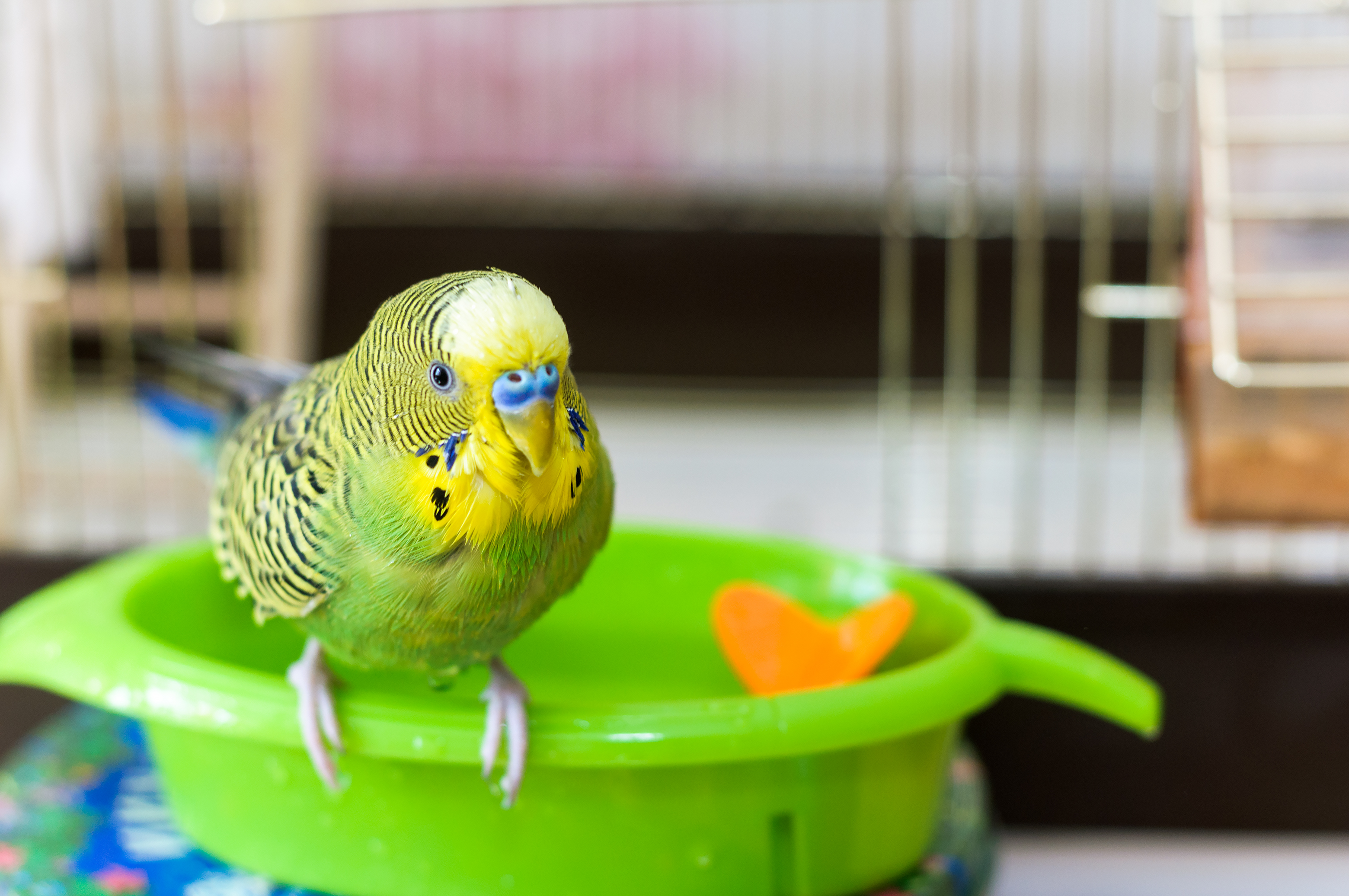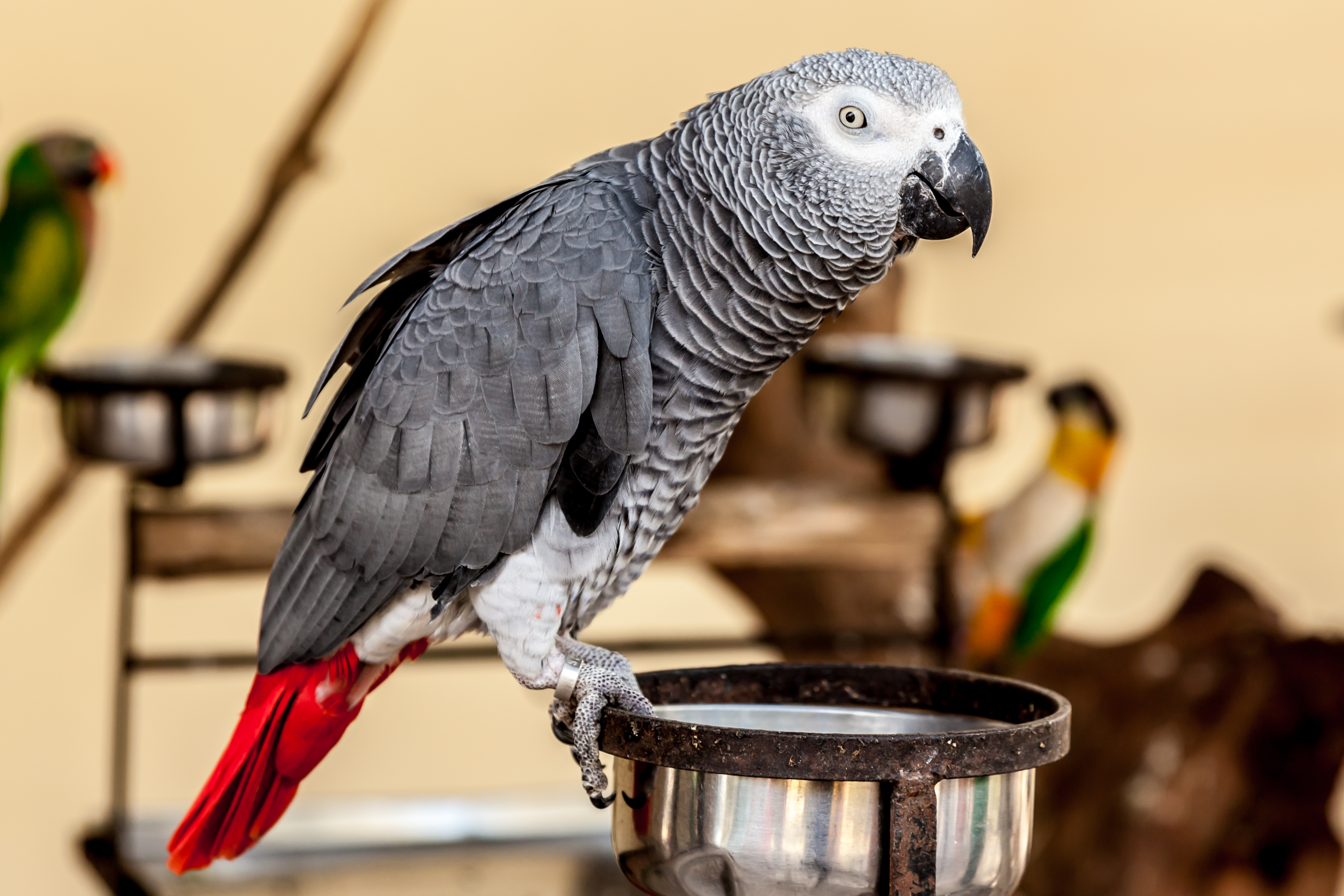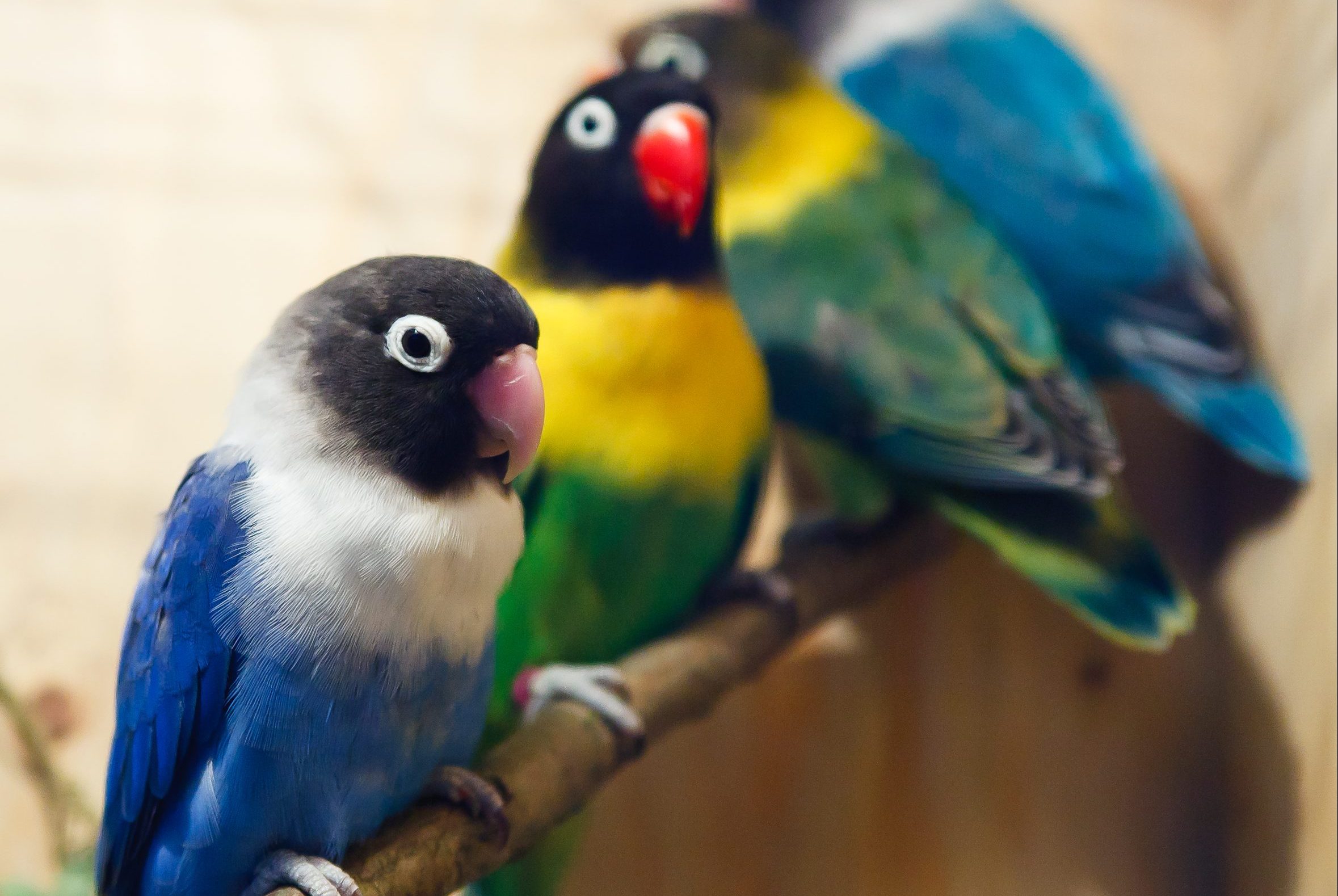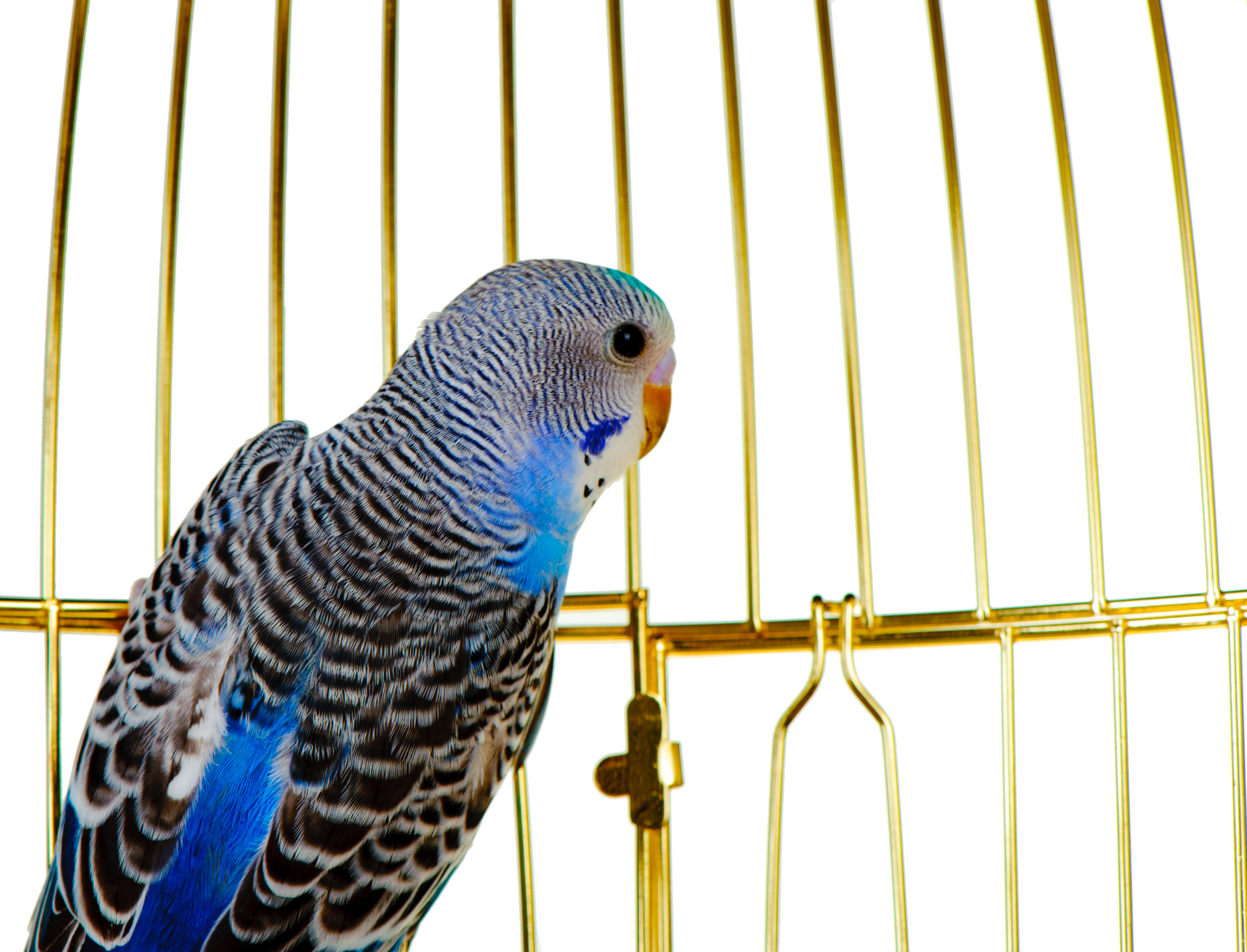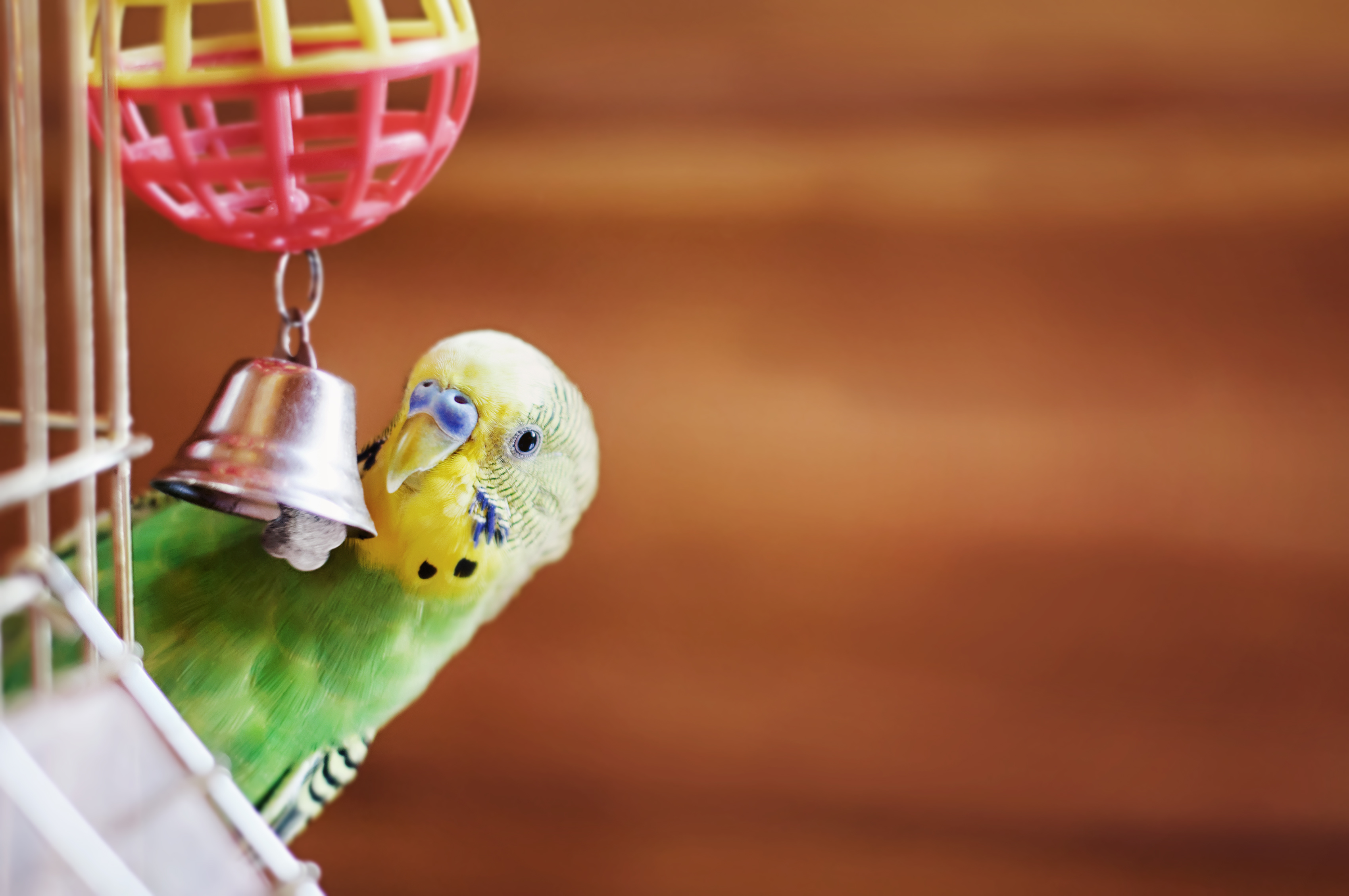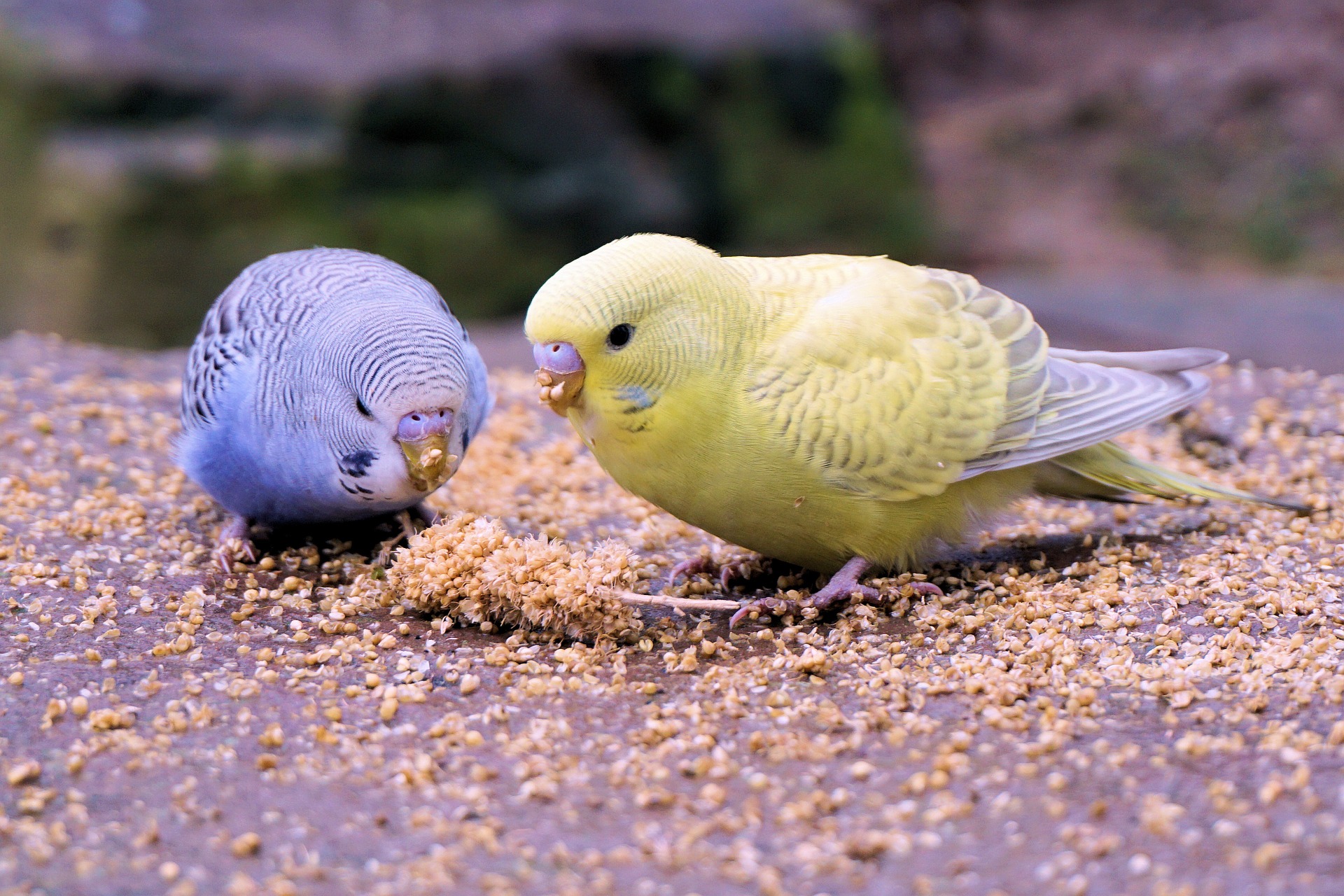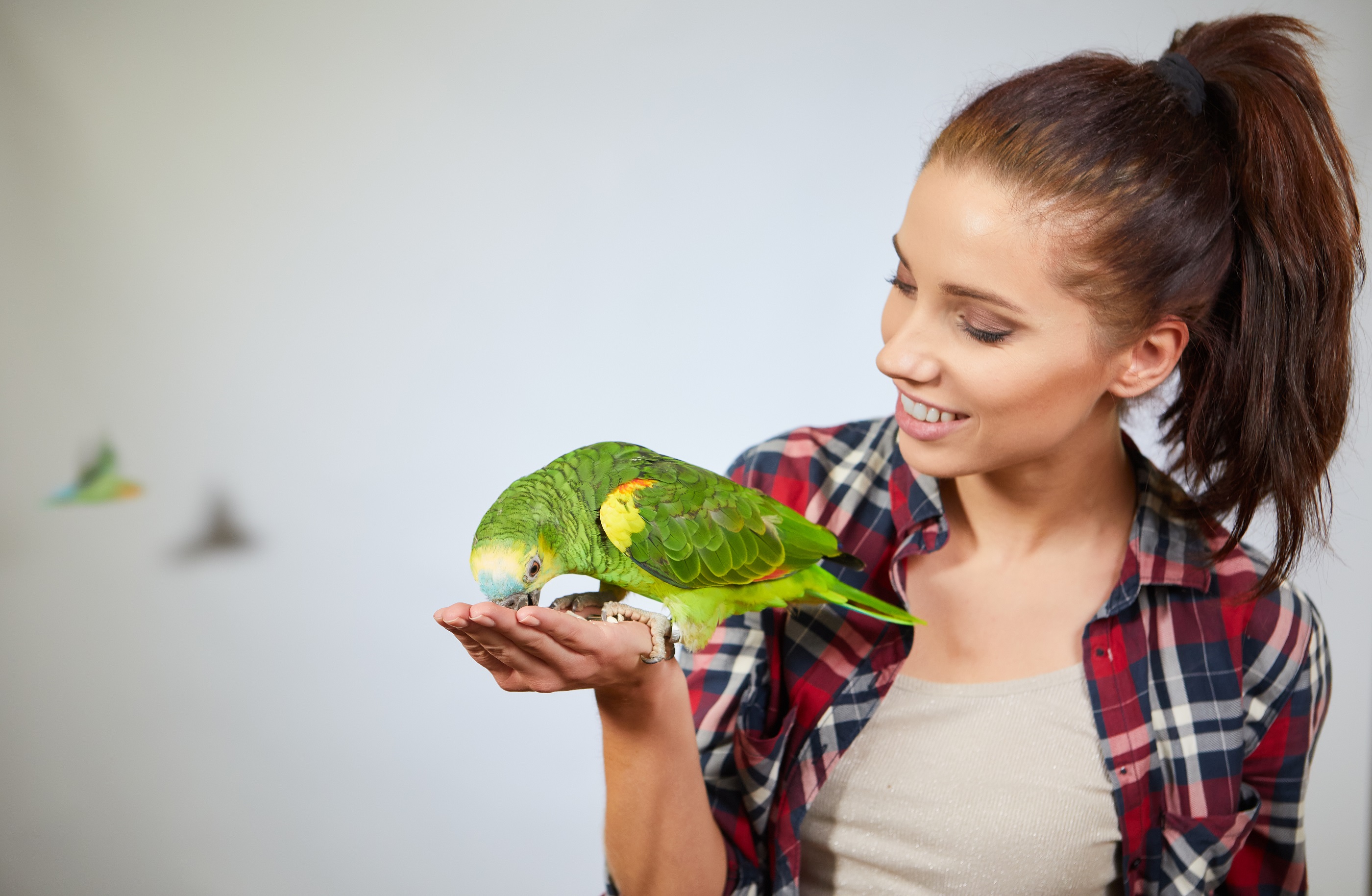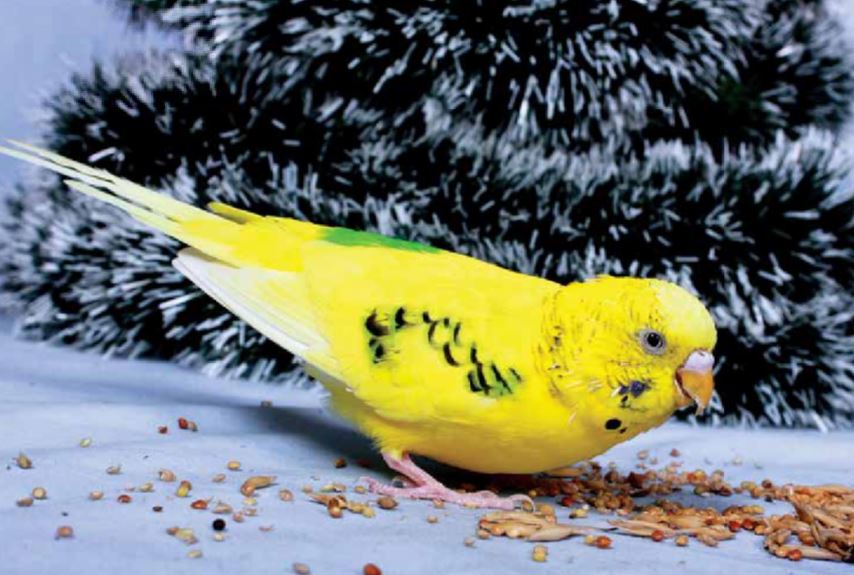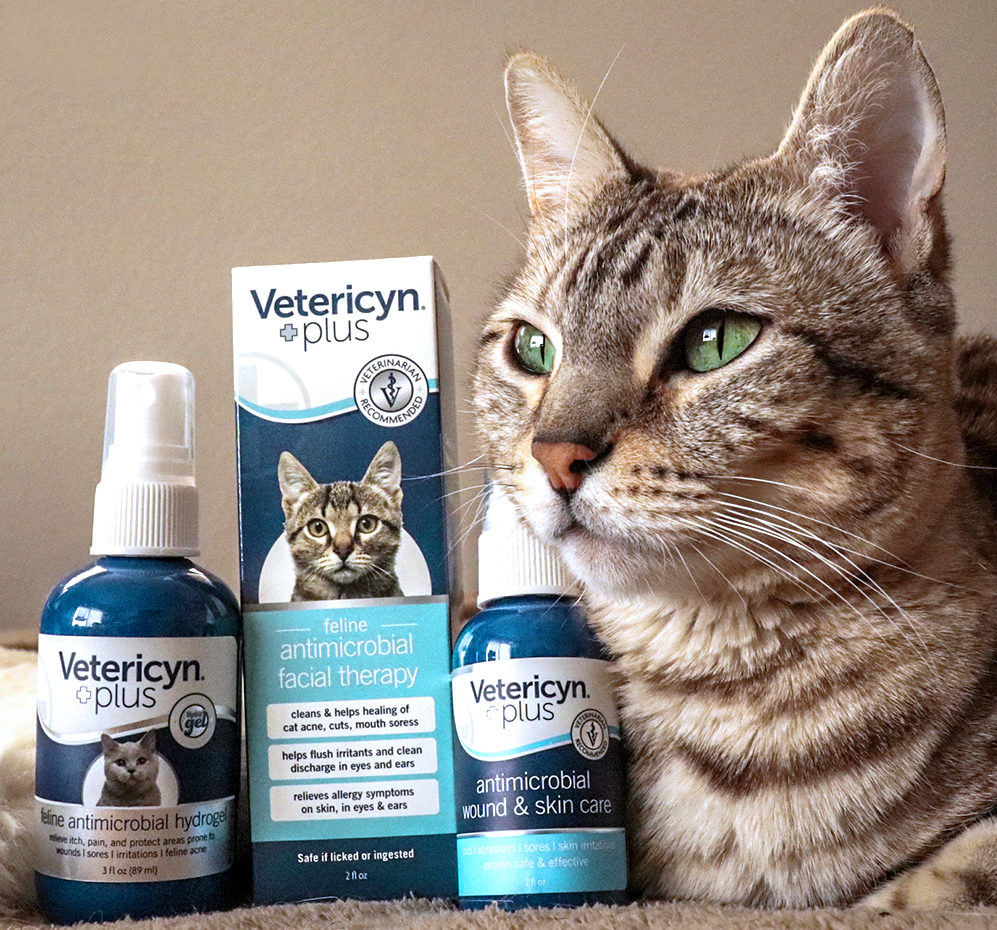

Cat Wounds and Skin Care: The Important Ingredients to Healing
Vetericyn//July 5, 2022
If an injury occurs, you shouldn’t panic. Nor should you just ignore it.
Even small wounds can be breeding grounds for bacteria and viruses. Left untreated, a minor issue could become a severe health complication.
Because of this, you should be on the lookout for the most common types of cat ailments, including:
- Cuts & Hot spots
- Skin Ulcers & Abscesses
- Feline Acne
- Tooth Abscesses
- Eye Irritations
As a responsible cat owner, periodically examine your pet for signs of injury, which include:1
- Bleeding
- Swelling
- Missing hair
- Torn skin
- Limping
- Tenderness or pain
Treating Wounds & Skin Ailments for Cats
When an injury or cat scratch occurs, an animal’s immune system naturally fights off infection and starts healing process. But you shouldn’t let them heal unaided. If you notice your cat has an open wound, follow these steps:
Look for signs of infection – Common signs of a wound infection include:2
- Pus discharge
- Abscesses
- Fever
- Noticeable pain or discomfort
- Behavioral changes
Identify the severity of the wound – Typically, it only takes an eye test to gauge the severity. Should the injury require stitches, surgery, or a cast, it’s best to take your cat to see a veterinarian immediately.
Staunch the blood flow – If your cat is bleeding, the blood needs to be staunched. For that, apply pressure directly to the wound using a clean cloth or sterile gauze. If the wound is not clotting properly, take your cat to the vet right away.
Flush the wound – For small cuts and abrasions, you can gently clean the wound with Vetericyn. Try to clear any debris from the wound site as best as you can without rubbing.
Apply Vetericyn Antimicrobial Hydrogel – After the cleaning, it’s time to jumpstart the healing process and help prevent a potential bacterial infection. You can do this by applying Vetericyn Plus Feline Antimicrobial Hydrogel. This can help clean and adhere to the wound site, providing an extra layer of protection and healing.
Periodically check the wound – Do your best to keep your cat from licking, chewing, or scratching at the injury site. Cats like to lick so make sure you are using a non-toxic wound care product like Vetericyn! If your cat’s injury worsens or looks as if it’s getting infected, don’t hesitate to visit the vet. As said before, a cat’s wound can easily develop a bacterial infection if you’re not careful.
Why Use Vetericyn For Your Cat’s Wounds?
Vetericyn’s antimicrobial liquid and hydrogel was designed to support your cat’s healing process and natural immune response. It’s the first non-toxic, broad-spectrum, non-antibiotic, antimicrobial topical of its kind.
According to recent studies,3 “Wounds treated with Vetericyn have demonstrated a reduction in healing time of up to 60 percent. In vitro results show that Vetericyn® can safely kill 99.9999 percent of most single-cell pathogens within 30 seconds.”
Put simply, Vetericyn is the safe, natural way you can treat almost any cat’s wound at any stage of its life.
(Reviewed by Dr. Dan Richardson, Practicing Veterinarian)
Sources:
- PetMD. Wound Treatment for Cats (Overview). https://www.petmd.com/cat/emergency/accidents-injuries/e_ct_wound_treatment
- PetHealth Network. Abscess in Cats. https://www.pethealthnetwork.com/cat-health/cat-diseases-conditions-a-z/abscesses-cats
- Vetericyn. Vetericyn Inc. Launches Feline Wound and Infection Treatment. https://vetericyn.com/blog/vetericyn-inc-launches-feline-wound-and-infection-treatment/











